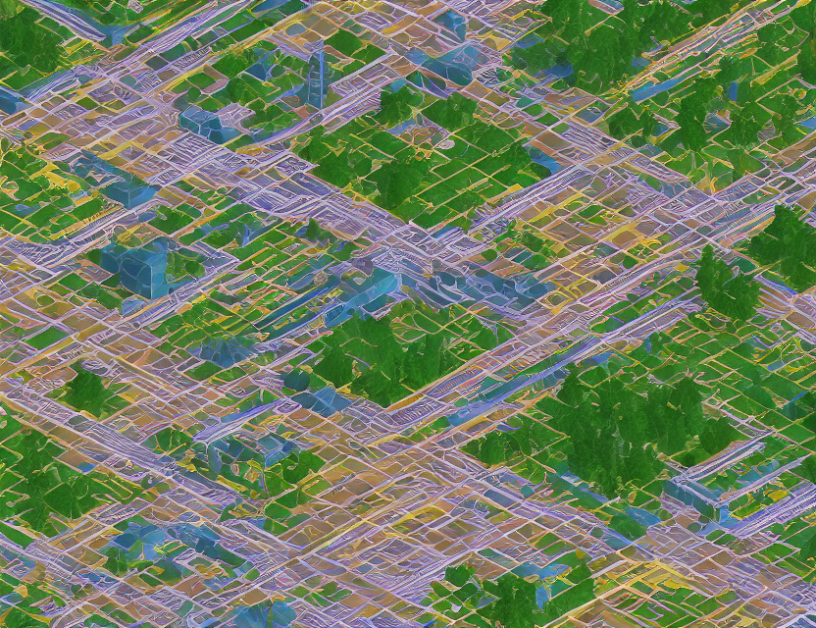In this research paper, the authors aim to improve the accuracy and efficiency of rationalization models by addressing two major challenges: conciseness control and degeneration prevention. Concerning conciseness control, they propose an information bottleneck approach that balances the trade-off between model performance and the number of selected tokens in a rationale. This approach achieves better F1 scores and average sparsity of rationales compared to previous methods. To address degeneration prevention, the authors explore various strategies to incorporate additional information into the rationalization models, such as using extra modules or squeezing valuable information from unselected text. They demonstrate that these methods can enhance the caliber of the rationales while mitigating the rationale shift problem.
Key Takeaways
- The authors introduce an information bottleneck approach to control conciseness in rationalization models, leading to improved performance and sparsity of rationales.
- They investigate different methods for incorporating additional information into rationalization models to prevent degeneration, including using extra modules and squeezing valuable information from unselected text.
- The proposed approaches enhance the quality of rationales while mitigating the rationale shift problem.
Everyday Language Explanation
Rationalization models are like cooks trying to create a delicious recipe for a meal by combining various ingredients. However, sometimes they might add too many ingredients or not enough, leading to an inconsistent dish. The authors propose methods to help the cooks control the number of ingredients and ensure that each one contributes to the overall flavor of the recipe. They also explore ways to prevent the cook from adding too much salt or sugar, which would make the dish unpalatable. By incorporating these strategies, the authors aim to create a better rationalization model that provides more accurate and efficient recommendations.
Metaphors/Analogies
Rationalization models are like puzzles trying to fit together the right pieces to form a complete picture. However, sometimes the pieces might not quite fit or be in the wrong place, leading to an incomplete or distorted image. The authors propose methods to help the puzzler find the best pieces and arrange them correctly, resulting in a more accurate and efficient rationalization model.
Balance Between Simplicity and Thoroughness
The authors provide a clear explanation of the challenges faced by rationalization models and propose practical solutions to overcome them. They strike a balance between simplicity and thoroughness, ensuring that the reader can understand the key concepts without oversimplifying the complex ideas. The paper provides enough detail for readers to appreciate the novel approaches proposed by the authors while remaining accessible to a wide range of audiences.



